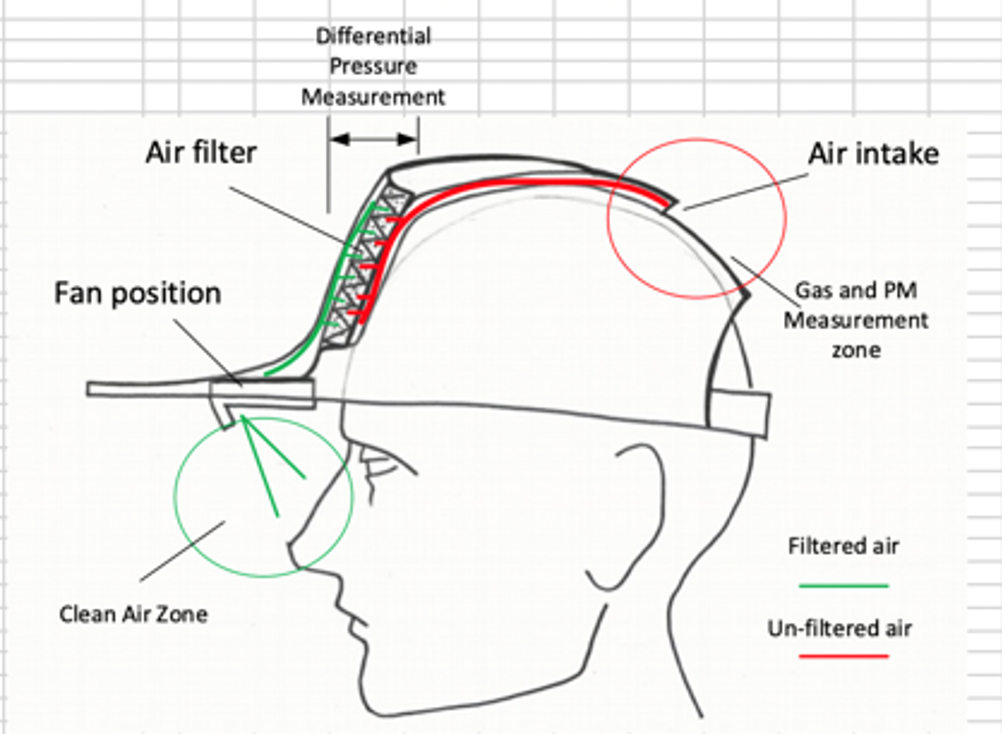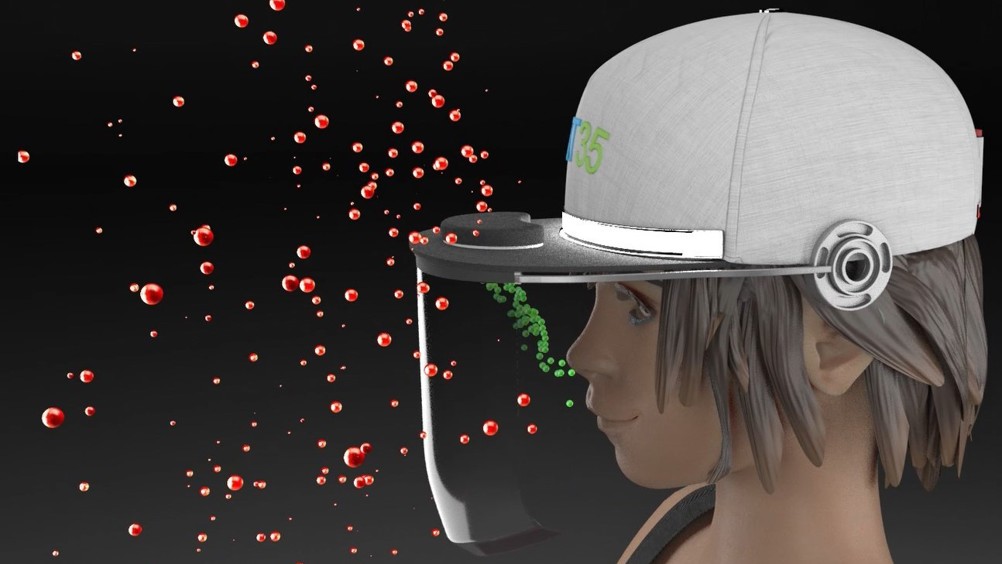Known as Hat 35 due to the 35-degree angle of airflow, the wearable tech draws in air from the back of the head, passing it through a filter on the forehead section of the cap before sending the purified air towards the airways. A transparent visor attached to cap’s peak deflects ambient air away from the face, while also facilitating communication. According to Compliance, early tests have shown Hat 35 to be 95 per cent efficient at filtering pollutants such as sulphur dioxide and nitrogen oxides and 99 per cent effective on particulates.
Related content
“Hat 35 has evolved out of the work we carry out in manufacturing settings,” said Compliance LEV founder Kevin Simmonds. “What we have done is apply the principles of industrial local exhaust ventilation to individuals to produce wearable technology.

“Although it will have immediate application in manufacturing and production, Hat 35 has also been recognised by many academic and legislative respiratory hygiene experts as having potentially game-changing health implications, for instance for hay fever sufferers, asthmatics or even in the event of another pandemic. It is scheduled to be fully tested by HSE on completion.”
According to the World Health Organisation, indoor and outdoor air pollution is responsible for around 6.7 million deaths per year. As well as acting as a filter, Hat 35 is designed to continually acquire data on pollution and contaminant levels, providing information to policymakers on air quality.
“The fact is that our air is killing us,” said Simmonds. “Academic estimates suggest that 800 people an hour die globally from respiratory causes. Many of the pollutants that we are putting into the atmosphere now will never go away.”
Based on what seem like optimistic uptake estimates of 5 to 15 per cent globally, Compliance predicts a potential total market of 620 million devices, pointing to the success of companies such as Fitbit over the past decade. Compliance is now seeking around £350,000 of funding to take Hat 35 from technology readiness level (TRL) 4 – validation in a laboratory environment – to TRL 7, or a prototype demonstration in an operational environment.


Virgin Atlantic’s Flight100 saved 95 tonnes of CO2 in first SAF flight
LOL a time-honoured unit of volume measurement,, just as large <i>AREAS</i> are expressed as multiples of the size of Wales … or renewable energy...